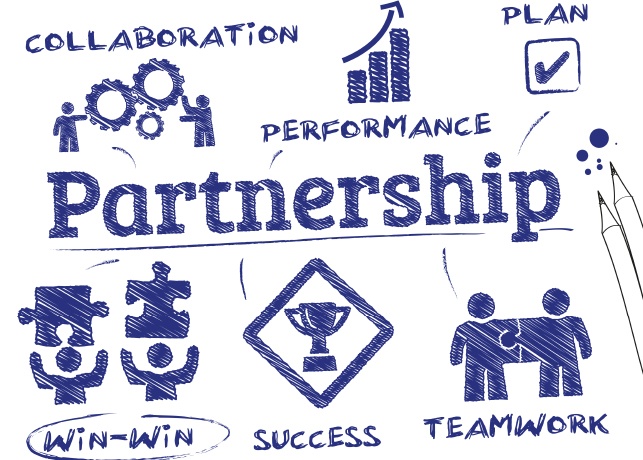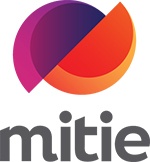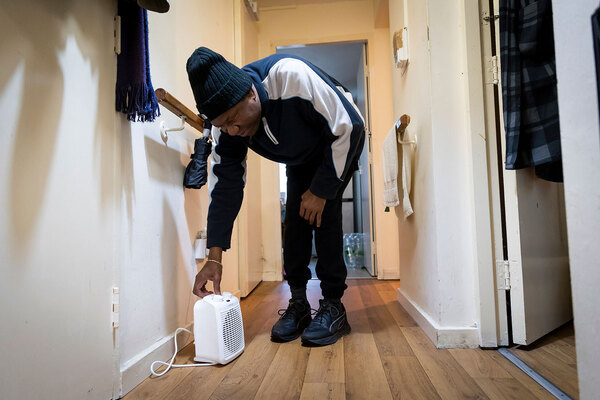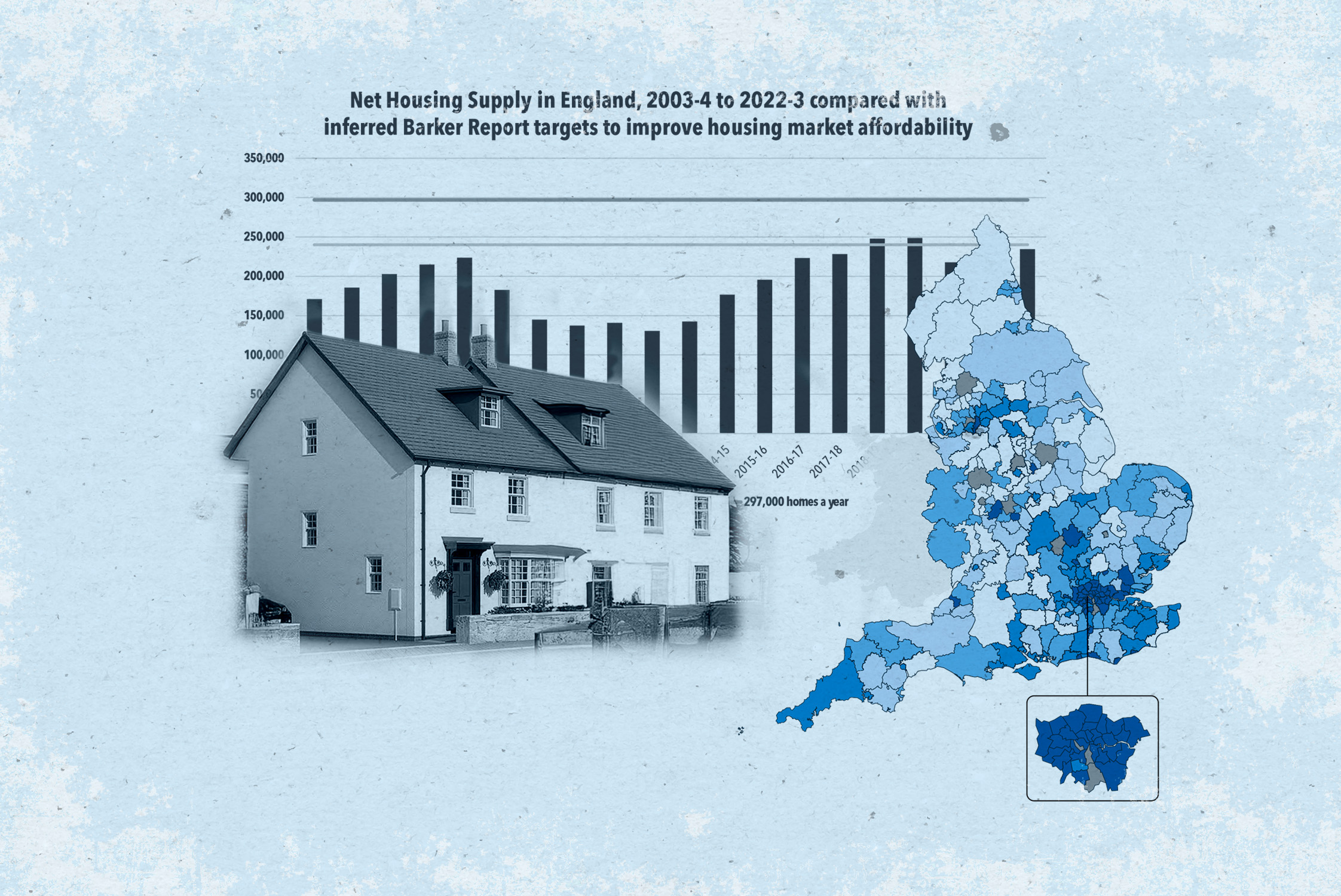A new way of working
Anna Benbow and Jillie Smithies explore the challenges of enacting a wholly owned subsidiary model for repairs and maintenance

Article written in association with:

Anna Benbow, Mitie
What is a wholly owned subsidiary model and how does it work?
The wholly owned subsidiary (WOS) model means that the client sets up a subsidiary which employs the workforce who will carry out the works. The subsidiary then uses a service provider to manage the workforce.
In this case there is a contract between Golding Homes and Mitie to deliver the services included in the scope of works, and there is another parallel contract between Golding Homes and the WOS to provide labour to Mitie for delivery, while the labour is managed by Mitie.
Contractually, it is complicated, but operationally this is simple and very effective. The latter is what makes a difference to the service provided to customers, and it is a true example of an effective partnership between client and contractor.
How does this type of partnership differ from conventional repairs and maintenance contracts?
The WOS model is sometimes referred to as the ‘middle ground’ between delivering services through a direct labour organisation and full outsourcing of the service to a contractor. It is often compared (and sometimes confused) with a joint venture, but there are several key differences.
The WOS can be established with less time and expense, while providing continuity of service delivery. It is also able to easily take on more over time, including delivery of wider services as well as inclusion of the more traditional client functions to create a single entity that doesn’t have the standard client/contractor split.
What are the main benefits of using a WOS?
There are a wide range of benefits of this model including the ability to better integrate people working across a partnership in the delivery of a service to customers through a single team, and realise the cost benefits. People also feel more secure in their jobs, with the opportunity to remain an employee of the client’s WOS beyond future reprocurement: transfer of undertakings can be a thing of the past.
There are also associated VAT efficiencies if the client is a housing association or other body with similar VAT recovery considerations. The works are still warranted by a service provider, with identical commercial risk
assignment to a traditional outsourcing arrangement.
But when you get under the skin of the model it shows how this is a true partnership with invisible lines between service provider and client, ultimately demonstrated through improved service delivery and great customer satisfaction.
It continues to develop with opportunities to move more into the WOS and achieve greater benefits as it evolves.
Jillie Smithies, Golding Homes
Why did you decide to procure a WOS model?
We carried out a procurement that covered a range of options including a standard outsourcing model and a WOS.
The decision was made at the end of our procurement journey when two questions needed to be answered. The first was: ‘Do we enter into a contract with Mitie as the service provider?’ and the second question was: ‘Do we enact the WOS?’
We believed that the WOS would deliver on the procurement aspirations we had outlined more than 18 months earlier. These were to deliver an integrated service provision, improve customer satisfaction and increase their involvement, achieve a long-term commitment and form a relationship with the service provider to deliver efficiencies and add value to the community during the term.
What benefits has the partnership delivered so far?
We are in the fourth year of a 10-plus-five-year term and initially it was hard to monitor the benefits as there is no similar benchmark out there to compare against.
However, we are seeing annual savings delivered since the contract was established including a shared saving of nearly £250,000 for the financial year 2014/15, and annual pricing uplift now based on CPI rather than RPI. Our price framework for responsive work is based on a public-private partnership model and we have developed the price framework to deliver streamlined but robust management of planned works. Levels of both service performance and quality have improved and we engage more positively with our customers who have told us that they see our relationship with Mitie as ‘collaborative and honest’.
Further added value is achieved through our partnership investment in a range of community projects in addition to delivering work experience and apprenticeship opportunities, as well as employing 100% of the workforce from the local community.
What have been the challenges?
There have been challenges, but we have worked to overcome these. My advice to anyone considering this model is that the benefits are worth the effort and to be mindful of the small things that can catch you out - they could have a big impact. This includes making sure you can pay wages from day one and sorting out who buys the tea and coffee.
The process does take longer than you think and it is important to allow time to carry out effective options appraisals before you start the process, as well as making sure the organisation has bought into the approach - at all levels, not just the senior team and the board. Effective communication is critical because the WOS is only as good as the people who make it happen.
How do you see the partnership developing in the future?
Mitie has embraced what we wanted to achieve and we work closely together to continue to develop our ‘Vision’ plan for the WOS. We have incorporated additional services into the model, and we are exploring other growth areas for the subsidiary. We are looking at greater data analysis to support future investment planning to help us respond to the challenge posed by rent reductions, and to support our modernisation agenda including channel shift and driving improved value for money through the model.
What lessons have been learned and, looking back, is there anything you would have done differently?
I talked about the challenges earlier, and I think the key lesson is time and communication. Think about how much time you will need and increase it.
Do not underestimate the additional tasks during mobilisation as there is an extra layer to all of this with a WOS that needs consideration including establishment of a subsidiary company and new policies and procedures relating to employees of the WOS. Your internal processes will be impacted and involving the wider business in the process improves the understanding of the changes, as well as getting everyone to understand and buy into it.
If I had to do this again, I think the key thing we would have done differently would be to make the decision about the WOS before we commenced the procurement rather than twin tracking the process. While this did deliver a good outcome, it was time and labour intensive for both us and the bidders.
Biographies

Anna Benbow is head of asset management at Mitie. She has been director of property services on the client side and brings a strong client view to contracting having experienced procurement during her career.

Jillie Smithies is responsible for housing management services and stock investment at Golding Homes. She has more than 30 years’ housing experience in London and the South East. She joined Golding Homes in 2009 from Orbit Group where she worked as director of operations.







